Animal agriculture: engineer an egg catcher
# Engineer an Egg Catcher
Use the engineering design process and create a prototype egg catcher.
Files
Teacher background
Ohio is the second-largest egg producing state in the nation producing more that 7.6 billion eggs (2012) with an estimated value of more than $523 million per year. Ohio’s egg farms must follow all state and national guidelines from the FDA to ensure eggs are safe and free from salmonella and other food borne bacteria. Ohio’s egg farmers participate in the United Egg Producers Certified animal care program that places priority on the comfort, health and safety of chickens: increased cage space per hen and standards for trimming of chick beaks to avoid pecking and other injuries. Agriculture engineers are needed to design and build innovative automated poultry equipment and address systems such as waste management, the feeding/watering of animals, creating housing structures that keep the animals safe and comfortable and a variety of other important issues in animal agriculture.
Next gen science standards
Science and engineering practices
- Asking questions (for science) and defining problems (for engineering)
Crosscutting concepts
- Systems and system models
Disciplinary core ideas/content
- ETS1 Engineering Design
- ETS1A Defining and Delimiting an Engineering problem
- ETS1B Developing possible solutions
- ETS1C Optimizing the design solution
- ETS2 Links among Engineering, technology, science and society
- ETS2A Interdependence of science, engineering and technology
- ETS2B Influence of engineering, technology and science on society and the natural world
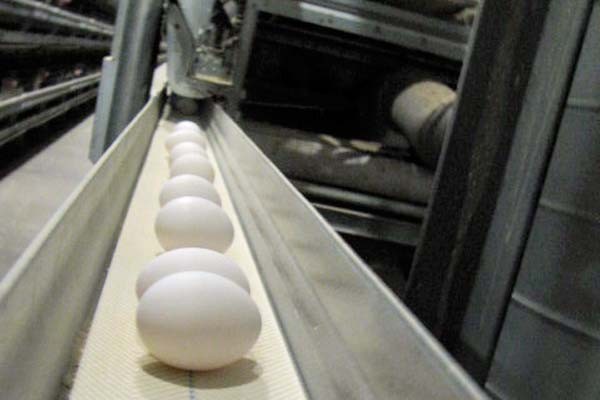
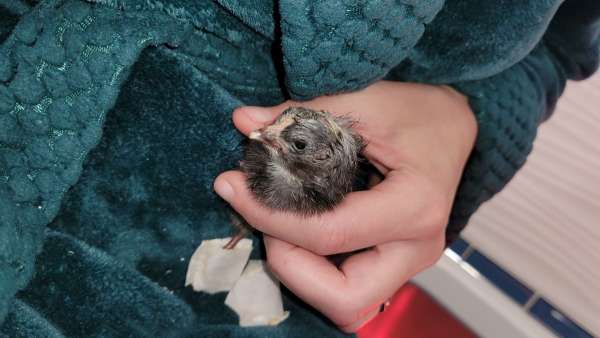
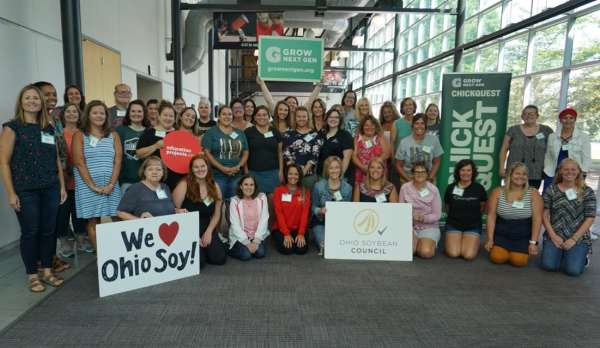
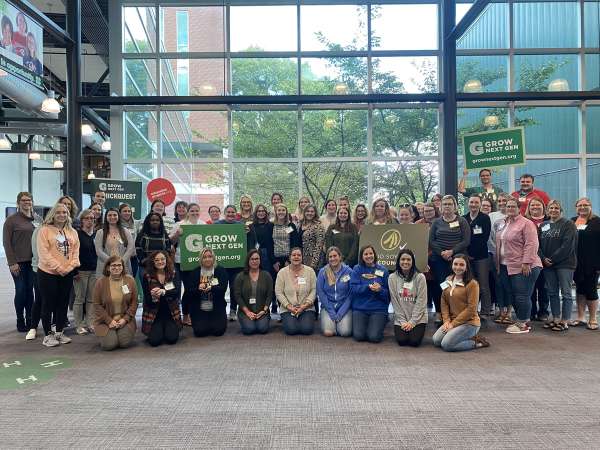
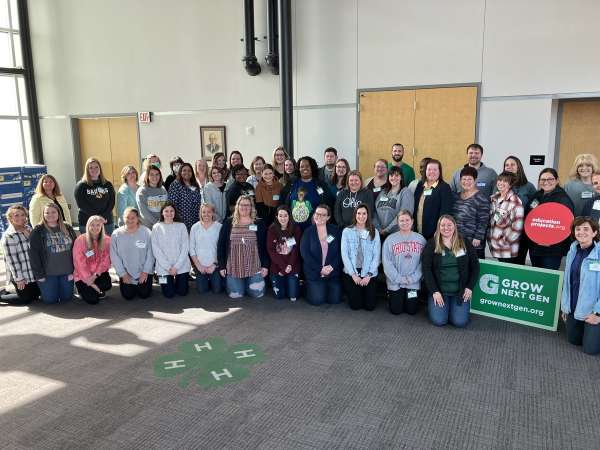
Share this